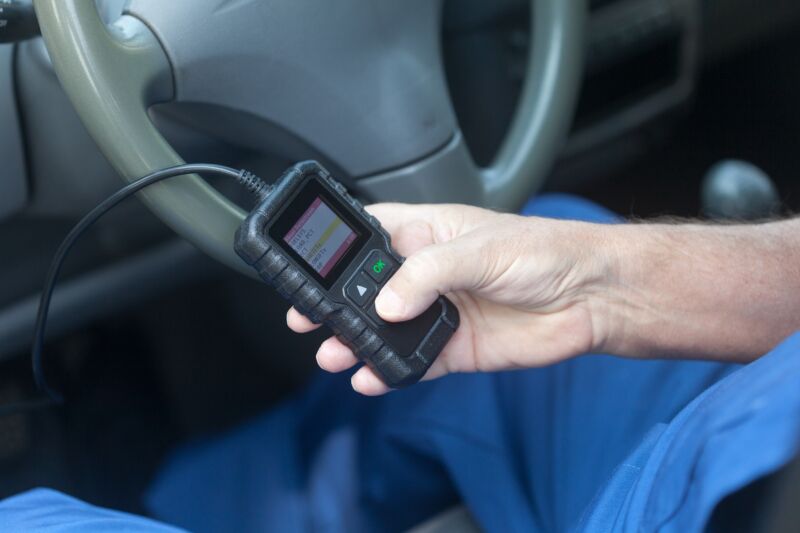Enlarge (credit: Getty Images)
Its original name is an ALDL, short for Assembly Line Diagnostic Link, or Assembly Line Data Link. But most call an ALDL the OBD-II port because it provides everyone from engineers at proving grounds to dealership technicians to shade tree mechanics a connection to the vehicle’s software and diagnostic systems. And soon, battery electric as well as hydrogen fuel cell vehicles will offer similar access.
Wait… EVs don’t already have that? Not all of them, no. And the various manufacturers’ systems differ from each other in both connectivity and scope, which makes troubleshooting an errant EV that much more difficult. That, as you can imagine, causes more than a few headaches for the good folks that service EVs.
Modern on-board diagnostics, or OBD-II, became a standardized and mandatory part of every automobile sold in the United States starting with the 1996 model year. And all vehicles, from a Ford Escape to a Ferrari SF90, needed one. But this mandate exempted EVs and other alternatively powered vehicles.
Read 13 remaining paragraphs | Comments

